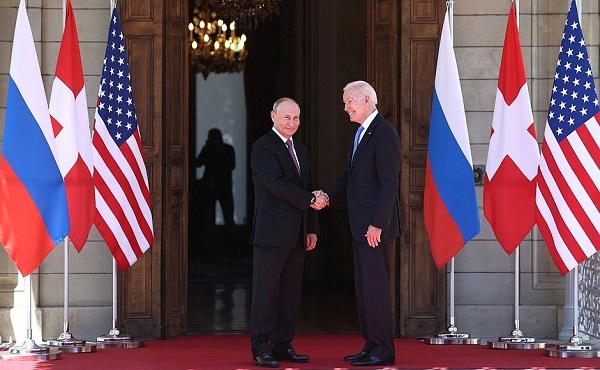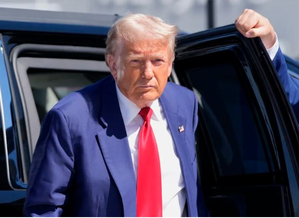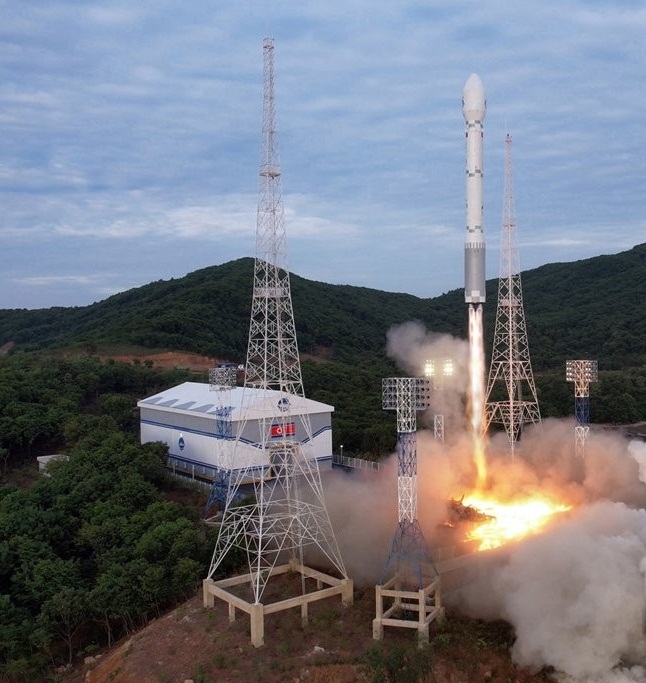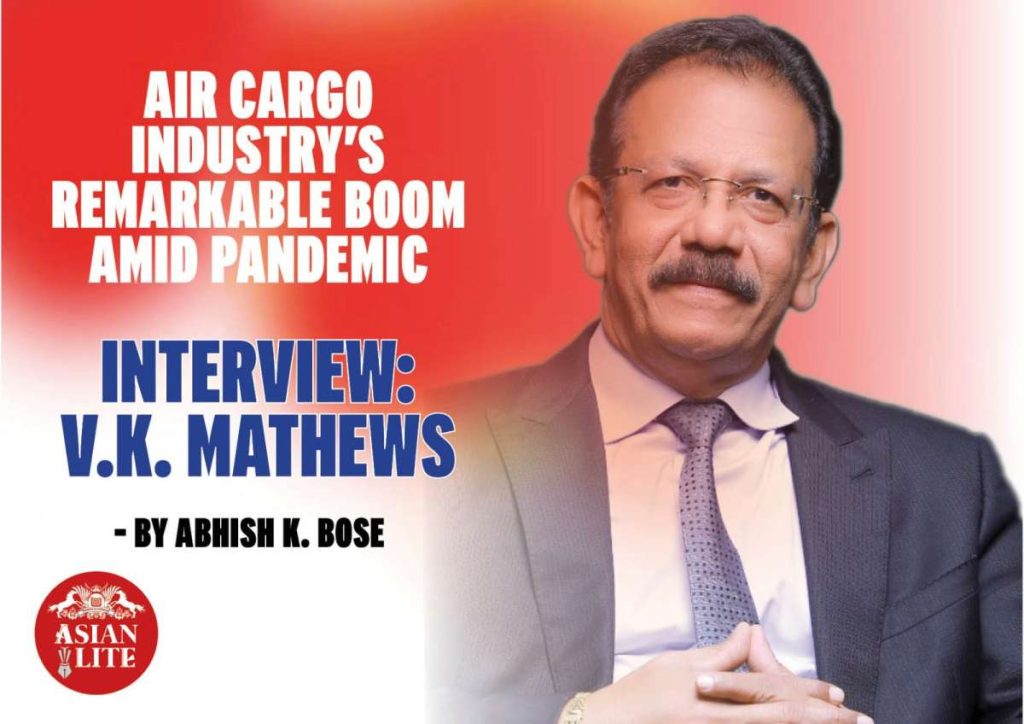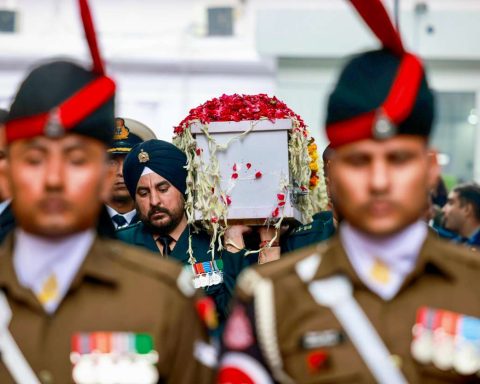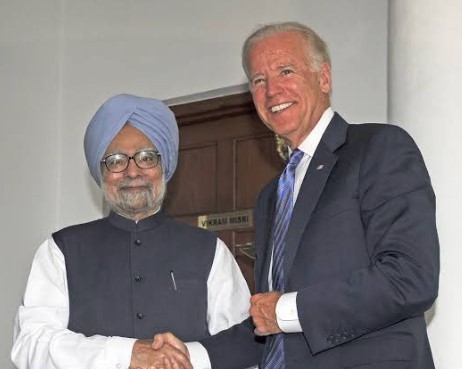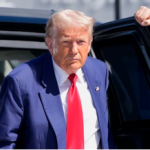The US will also not provide telemetric information to Russia on the launch of US intercontinental and submarine-launched ballistic missiles…reports Asian Lite News
The United States will stop providing Russia with some notifications required under the New START nuclear arms control treaty, including updates on missile and launcher locations, in what Washington describes as a retaliatory “countermeasure” due to Moscow’s “violations” of the accord.
The US state department said that it had ceased providing the status and locations of its nuclear missiles and launchers but would continue to provide notification of the launch of intercontinental ballistic missiles and submarine-launched ballistic missiles.
Russian inspection activities on US territory have ceased and visas issued and pending for Russian New START (Strategic Arms Reduction Treaty) inspectors and their aircrews – as well as diplomatic clearance for Russian inspection aircraft – have been revoked, according to a state department fact sheet released on Thursday.
The US will also not provide telemetric information to Russia on the launch of US intercontinental and submarine-launched ballistic missiles. Such data involves information that originates during a missile’s test flights and under the treaty, both Moscow and Washington were to exchange such information annually.
“The United States has adopted lawful countermeasures in response to the Russian Federation’s ongoing violations of the New START treaty. The Russian Federation’s purported suspension of the New START treaty is legally invalid,” the state department said in the fact sheet released on Thursday.
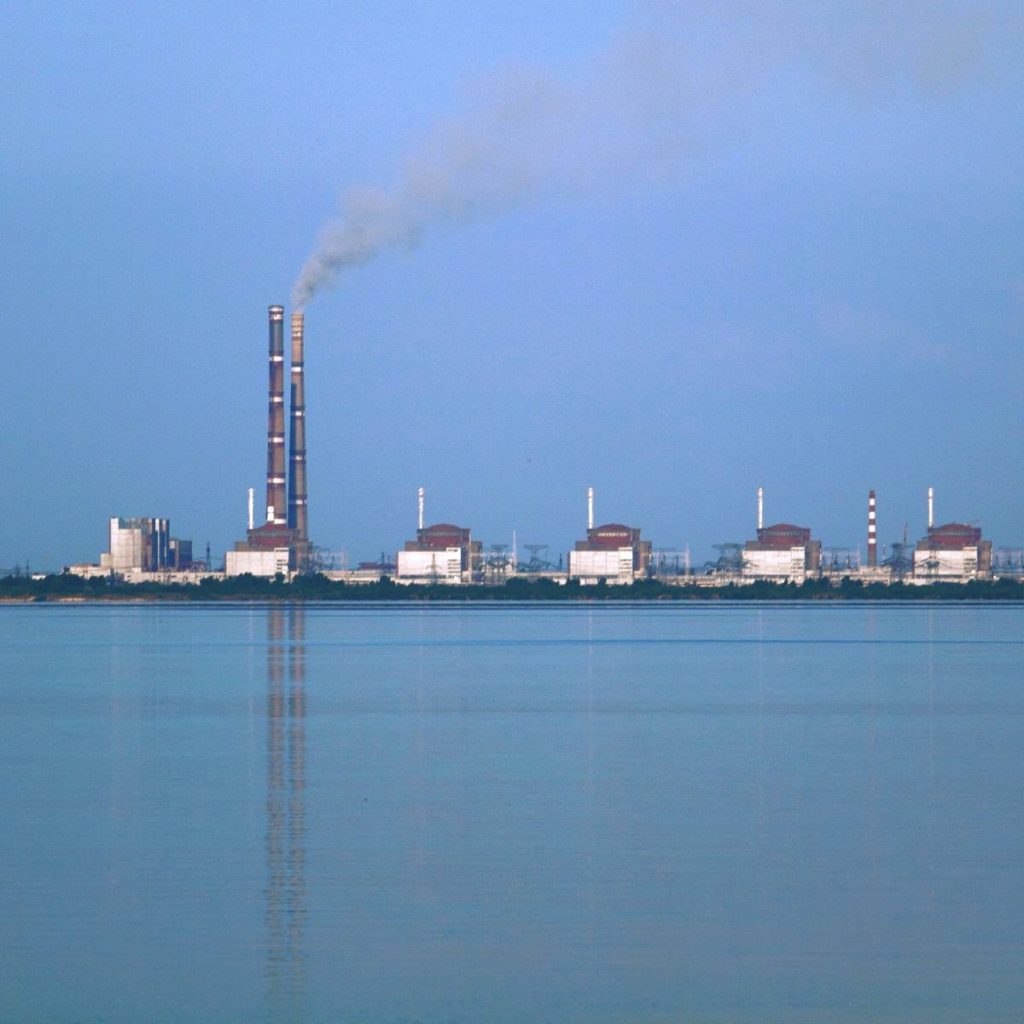
“The United States notified Russia of the countermeasures in advance and conveyed the United States’ desire and readiness to reverse the countermeasures and fully implement the treaty if Russia returns to compliance,” it added.
Russian President Vladimir Putin has not formally withdrawn from the New START treaty, but he announced in February that Moscow would suspend its participation in what is a key pillar of US-Russian nuclear arms control.
Putin said Moscow could not accept US inspections of its nuclear sites under the agreement when Washington and its NATO allies had openly declared Moscow’s defeat in Ukraine as a primary goal.
In March, Moscow emphasised that it had not withdrawn from the START pact altogether and would continue to respect the caps on nuclear weapons the treaty sets. Russia’s foreign ministry had also said that Moscow would continue to notify the US of planned test launches of its ballistic missiles – a key element of the agreement.
Notices on ballistic launches are an essential element of nuclear strategic stability for decades, allowing Russia and the US to correctly interpret each other’s moves and make sure neither country mistakes a test launch for a preemptive nuclear missile attack.
Moscow and Washington collectively control nearly 90 percent of the world’s nuclear warheads – enough to destroy the planet several times over.
The New START limits the number of strategic nuclear warheads countries deploy. Signed in 2010 and due to expire in 2026, the New START treaty caps the number of strategic nuclear warheads that the US and Russia can deploy to no more than 1,550 strategic nuclear warheads and 700 land- and submarine-based missiles and bombers to deliver them.
A US administration official, quoted by the Reuters news agency on Thursday, said Washington “will continue to adhere to the [treaty’s] central limits … and expect that Russia will continue to do so as well”.
Speaking to reporters on condition of anonymity, the official said the US’ steps were reversible and that the country was looking to draw Moscow back into arms control talks.
“We’ve taken a stepwise approach,” he said, explaining that the US wanted to use its responses to Russia’s suspension to “present them with an opportunity to return to the table to talk about returning to compliance under a New START”.
The New START agreement envisages sweeping on-site inspections by Russia and the US to verify compliance.
But inspections went dormant in 2020 because of the COVID-19 pandemic. Discussions on resuming inspections were supposed to have taken place in November 2022, but Russia abruptly called them off, citing US support for Ukraine following Moscow’s invasion.
The treaty, which then-Presidents Barack Obama and Dmitry Medvedev signed in 2010, limits each country to no more than 1,550 deployed nuclear warheads and 700 deployed missiles and bombers. The agreement envisages sweeping on-site inspections to verify compliance.
The inspections have been dormant since 2020 because of the COVID-19 pandemic. Discussions on resuming them were supposed to have taken place in November 2022, but Russia abruptly called them off, citing U.S. support for Ukraine. In February, Russia formally suspended it participation in the treaty.
